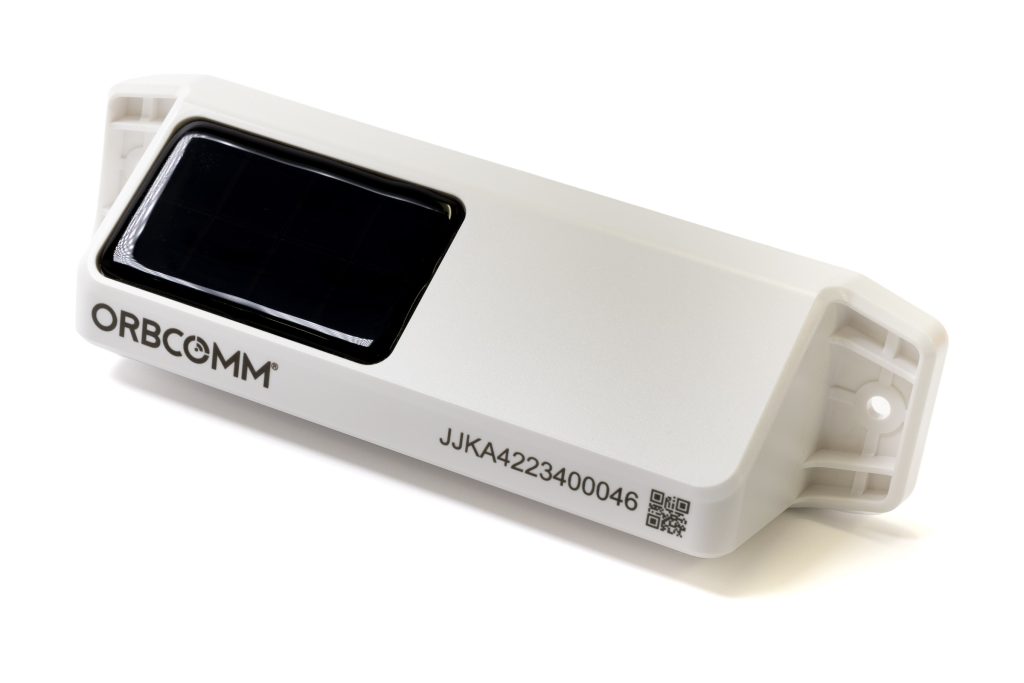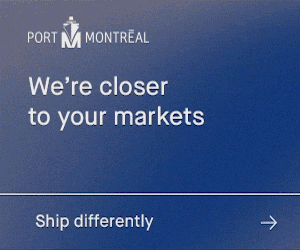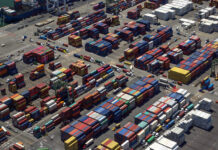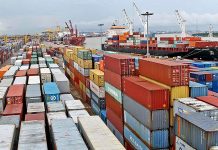
The Internet of Things (IoT) has been a largely untapped resource for dry container shipping. ORBCOMM’s new-to-the-market dry container monitoring solution offers unprecedented transparency, cost-effective proof of compliance and untapped commercial opportunities, says Christian Allred, Executive Vice President, International Sales, ORBCOMM.
Carrying around 90% of non-bulk cargo transported by sea, dry containers are fundamentally important to global trade. Despite this, a number of operating challenges continue to beset the market, including visibility of cargo location, condition and integrity, and optimising supply chain efficiency. After weathering unprecedented volatility in 2020 and then bouncing back to post record profits in 2021, recent market conditions have brought these perennial challenges into sharp relief.
The container shipping market’s outlook changed dramatically in September 2022 when pessimistic economic forecasts and reduced consumer demand combined to send spot freight rates tumbling. Although the IMF forecasted 3.0% economic growth in both 2023 and 2024, businesses and consumers continue to face financial challenges in Q3 of 2023. In part due to these unfavourable macro-economic conditions, continued low freight rates also reflect the rapid expansion in global container ship capacity. This surge shows no signs of abating in 2024 as shipowners have continued to order new ships.
In such a market, maintaining competitive advantage is vital and shipping lines must find innovative ways to differentiate their services from peer rivals. Improving traceability and real time asset management is one such way.
Digitalisation of complex supply chains
While advanced tracking solutions have been well-used in the reefer market and for land-based transport, something ORBCOMM has been offering for decades – the technology is now at a cost point that makes it an attractive proposition for the dry container markets too. This month, ORBCOMM launched an IoT solution – underpinned by the technologically advanced CT 1000 telematics device – to address many of the operating deficiencies of the dry maritime and intermodal container market.
 The new dry container solution, built on proven tracking and data-sharing capabilities, offers shipping lines and ship operators an easy-to-install, affordable and reliable way to remotely monitor, in real time, the location and condition of both laden and empty containers as they move through the global supply chain.
The new dry container solution, built on proven tracking and data-sharing capabilities, offers shipping lines and ship operators an easy-to-install, affordable and reliable way to remotely monitor, in real time, the location and condition of both laden and empty containers as they move through the global supply chain.
Such data granularity also enables container shipping lines to optimise asset utilisation, streamline operations, reduce dwell and cycle times and quickly locate lost containers. Information can be shared with shippers to help them find capacity faster and reduce customer costs, thereby contributing to the development of more efficient and sustainable transport schedules.
For ship operators, improved oversight helps to protect them from insurance claims and allegations of mismanagement, as well as offering higher levels of service and assurance to their customers. For cargo owners, traceability improves supply chain confidence and allows them to estimate arrival times, identify issues and quickly deploy corrective measures to mitigate delays.
Considered holistically, IoT data creates value by tracking inventory, optimising security and efficiency, and improving customer service and satisfaction levels.
Unmatched coverage and longevity
Reliable connectivity is a baseline requirement for effective container tracking, ensuring that assets can be located. The new dry container solution leverages ORBCOMM’s Global IoT SIM for unmatched, cost-effective LTE coverage, to meet shippers’ unique requirements for intercontinental coverage. The solution also supports a wide range of wireless sensors using Bluetooth 5 to integrate other safety and productivity applications that will enhance the solution’s capabilities.
Of course, intercontinental coverage, in itself, is not sufficient unless the tracking solution remains functional. ORBCOMM’s dry container solution offers flexibility and supports variable reporting intervals, which means that the frequency at which the device sends a message can be remotely tailored to the container’s status at any time. It also features state-of-the-art solar charging capability and intelligent battery power management.
With the ability to measure the ambient temperature outside the container included as a standard feature, customers will be able to monitor the status of containers and recognise when an exceptional event occurs. For maximum security, optional door sensors can detect whenever container doors are opened and send automated alerts to operators, allowing them to identify potential unauthorised access, tampering and/or theft.
Supported by ORBCOMM’s Field Support Tool, a mobile app, the solution can be installed in as little as one minute. Through the app, users can connect to the solution via Bluetooth, to configure settings, perform diagnostics, and update firmware. As such, the solution does not require manual attention after installation. It is designed for reliable and uninterrupted reporting even in the harshest conditions and its durable build means it should remain operable for the service life of the container to which it is fitted.
Interoperability
The dry container solution is interoperable via industry standard APIs to support data sharing with stakeholders and to support a fleet of dry containers outfitted with IoT devices from multiple vendors. ORBCOMM has extensive experience of integrating its back-office systems into the IT infrastructure of customers, who are collectively responsible for hundreds of thousands of containers, to ensure that IoT data is aligned to business requirements, metrics and KPIs.
Additionally, shipping lines do not have to worry about using multiple software platforms to monitor their entire container fleet, regardless of vendor. ORBCOMM’s Maritime platform provides a single pane of glass view for both dry containers and reefers, as well as gensets, and chassis.
Contribution to ESG reporting
The maritime industry is increasingly focused on ESG factors and decarbonization, meaning that container shipping lines and shippers are adapting their operations to achieve corporate environmental goals. When combined with just-in-time port calls, the enhanced traceability of dry containers will optimise vessel planning and transit times, resulting in fuel savings and a reduced carbon footprint.
Shipping lines and shippers are also faced with increasingly stringent customer requirements as companies pivot towards reporting CO2 emissions for transporting loads from the point of manufacture to the end customer. IoT data can service this demand, and be used to calculate total emissions, down to the container level, per leg of the supply chain. The increase in real-time data therefore enables customers to optimise their business, reduce operating costs and create more sustainable supply chains by filling critical information gaps.
In order to comply with future potential device standards for explosion prevention, as well as to ensure a safe environment for vessel crew, the device is also ATEX Zone 2 explosion proof certified.
The time is now
ORBCOMM’s latest technological innovation, which successfully integrates connectivity and power technologies in a cost-effective package, propels container tracking beyond merely monitoring cargo status throughout its journey. Access to real time telematics data can empower the commercial and operational decisions of shipping lines and their customers alike, and ultimately contribute to a greener future.
The advent of ORBCOMM’s dry container solution offers supply chain stakeholders the opportunity to embrace a new era of transparency, efficiency, security, safety, sustainability and overall peace of mind. For those willing to embrace this new technology, the modern era of container tracking begins today.








